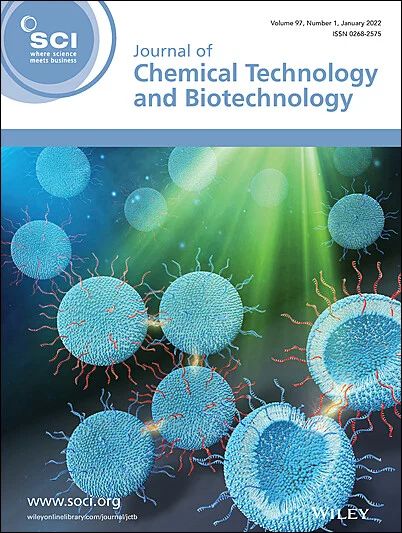Emission characteristics of ethanolamine and ammonia in CO2 capture process by chemical absorption based on ethanolamine solution
Abstract
BACKGROUND
The massive emission of greenhouse gases represented by CO2 has led to many environmental and climate problems. Chemical absorption after combustion has become an effective method for CO2 capture. Meanwhile, this method also leads to potential emission of pollutants, consisting mainly of ethanolamine (MEA) and ammonia (NH3). However, few studies focus on the emission characteristics of pollutants in chemical absorption systems and the factors influencing the emissions.
RESULTS
In this experiment, MEA and NH3 emissions during the CO2 capture process by the chemical absorption method under different conditions, such as flue gas and absorbent solution temperature, liquid-to-gas ratio, CO2 concentration in the flue gas, and absorbent CO2 loading, were investigated. The results indicate that the MEA and NH3 are released during the CO2 capture process, and the amount of release varies with many parameters. Under typical conditions, the emissions of MEA and NH3 were stabilized at 85.8 and 21.5 mg Nm−3, respectively. The emissions of MEA and NH3 increased steadily with the temperature of the flue gas and increasing absorbent solution. Higher liquid-to-gas ratio led to more MEA and NH3 emissions, and higher absorbent CO2 loading could inhibit the MEA and NH3 emissions. Calculation of the maximum reduction rate also showed that CO2 loading has the greatest impact on pollutant emissions, and optimizing it reduces pollutant emissions by at least 40%.
CONCLUSION
It was found that pollution emissions can be controlled by optimizing operating parameters, which can provide a reference for reducing pollutant emissions in the industry. © 2025 Society of Chemical Industry (SCI).

 求助内容:
求助内容: 应助结果提醒方式:
应助结果提醒方式:


